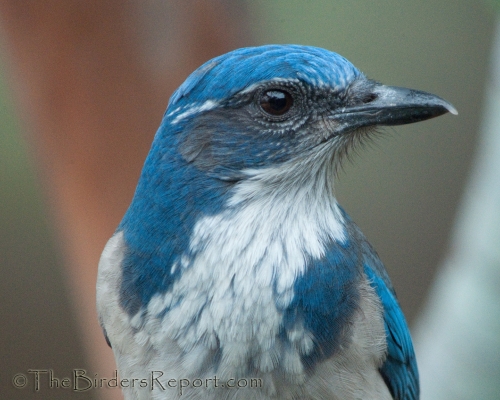 Western Scrub-Jay (Aphelocoma californica) photo by Larry Jordan
Western Scrub-Jay (Aphelocoma californica) photo by Larry Jordan
The 15th Annual Great Backyard Bird Count (GBBC) begins tomorrow, Friday, February 17th and runs through Monday February 20th. What is the Great Backyard Bird Count?
The Great Backyard Bird Count is an annual four-day event that engages bird watchers of all ages in counting birds to create a real-time snapshot of where the birds are across the continent. Anyone can participate, from beginning bird watchers to experts. It takes as little as 15 minutes on one day, or you can count for as long as you like each day of the event. It’s free, fun, and easy—and it helps the birds1.
The GBBC is a great way to learn more about the birds in your community and connect with nature. It is perfect for fledging birders, especially kids.
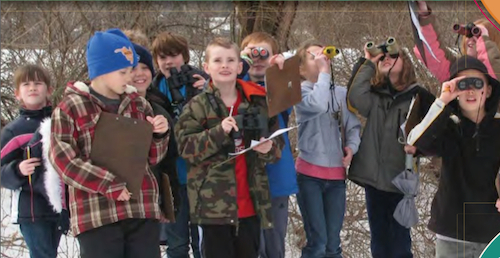
You can count by yourself, with your family, community group, school, or friends and it’s an ideal way for more experienced birders to introduce kids and others to the world of birding!
Scientists and bird enthusiasts can learn a lot by knowing where the birds are. Bird populations are dynamic; they are constantly in flux. No single scientist or team of scientists could hope to document the complex distribution and movements of so many species in such a short time.
This is why we need YOUR HELP to make sure the birds in your community are well represented. You can get all the information you need to participate at The Great Backyard Bird Count website. This video will also give you all the information you need to help out with this great American pastime which is the Great Backyard Bird Count.
References: 1Great Backyard Bird Count

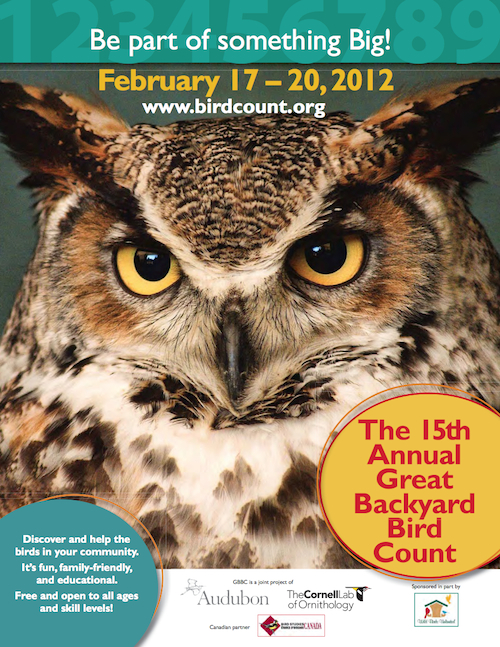
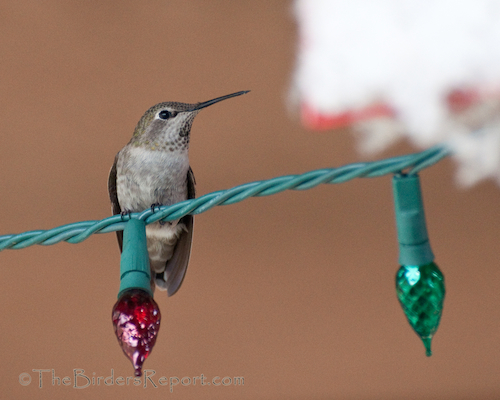
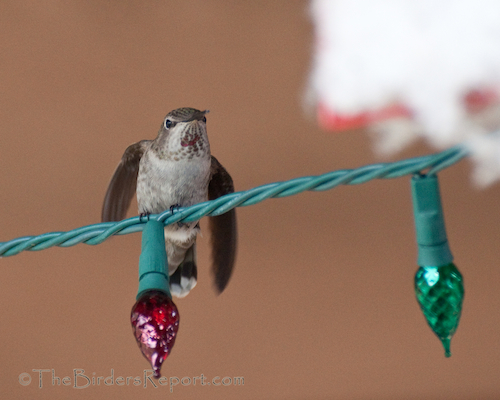
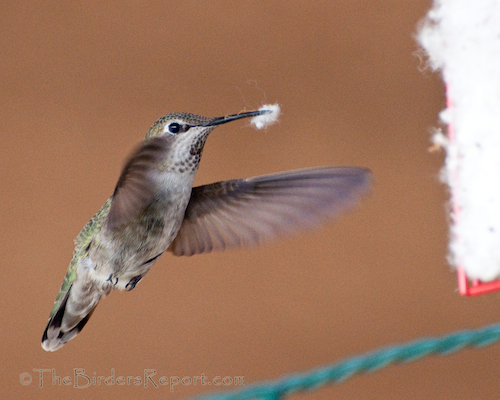
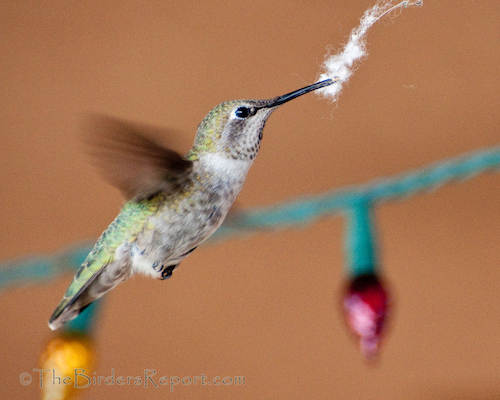
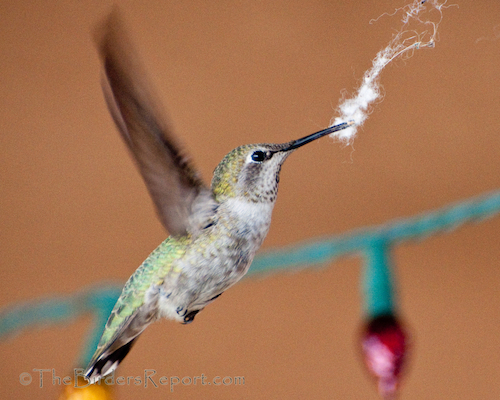
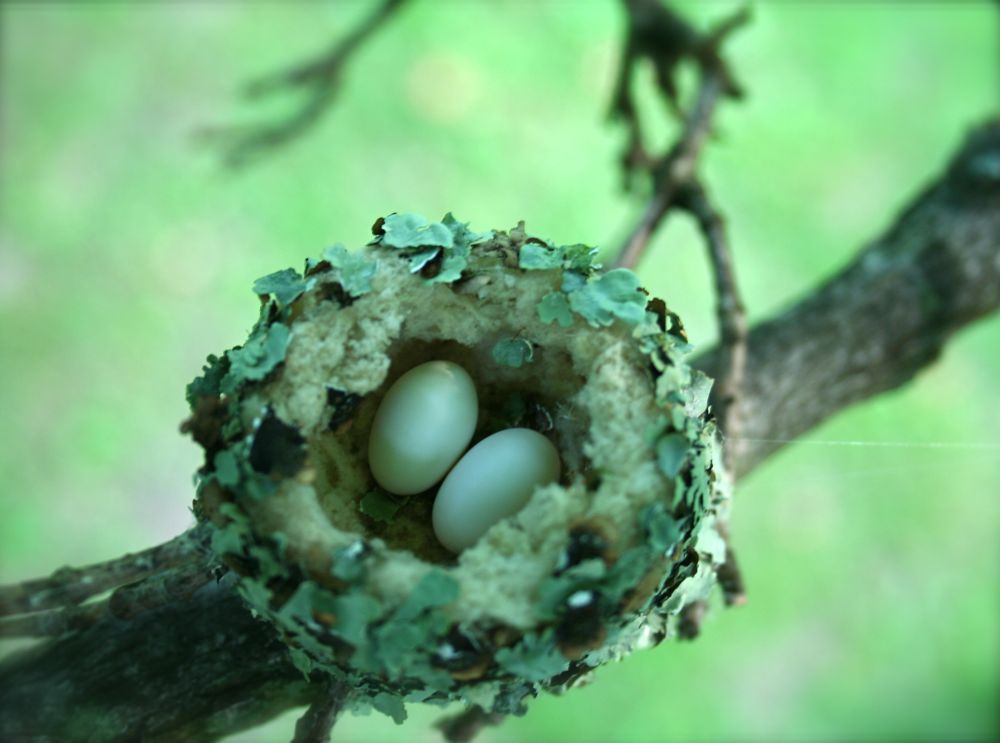





Social Media Connect